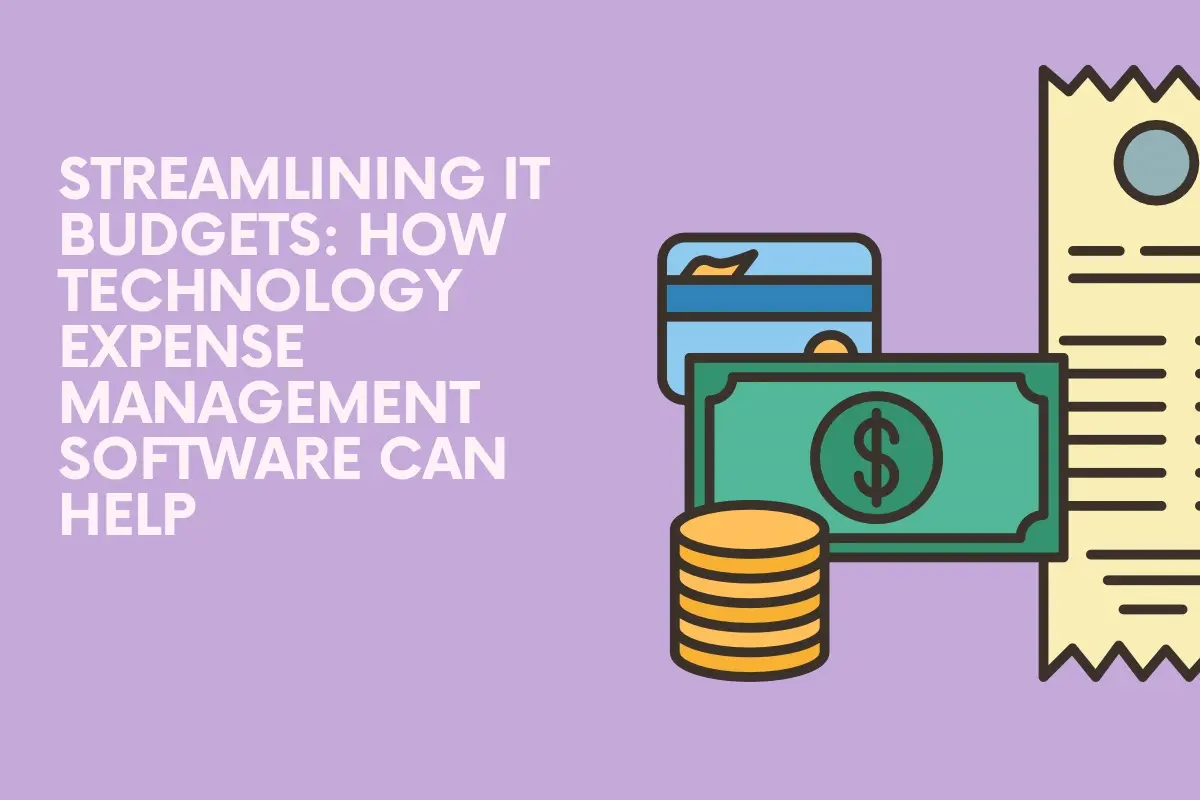Navigating through software licenses, service agreements, and hardware expenses requires a strategic approach to prevent overspending and optimize resources. The top technology expense management software provides a structural backbone to achieve financial efficiency. With Uploand's Cimple, businesses have a way to track and manage their tech costs effectively. Tools like this maintain a balanced IT budget and drive manageable growth. Below, we explore how these systems can transform a company's approach to handling its technology investments.
Understanding the Roles of Technology Expense Management Software in IT Budgeting
At its core, technology expense management software serves as a comprehensive platform for tracking and analyzing IT expenditures. It aggregates data from various sources, giving a clear view of how resources are allocated across different technology channels. This transparency is essential for IT managers to identify overspending patterns and underutilized assets, ensuring every dollar is put to good use.
Moreover, the software typically offers insightful reporting features that aid in financial forecasting and strategic planning. With detailed expense reports, companies can better predict future costs and plan their budgets accordingly. This forward-thinking capability is invaluable in a field where tech advancements frequently disrupt the status quo.
Key Features of Technology Expense Management Solutions To Maximize Savings
One of the primary features of technology expense management solutions is their ability to automate invoice processing and cost allocation. This automation not only reduces manual errors but also frees up valuable time for IT staff to focus on strategic initiatives. Moreover, it ensures a consistent approach to handling expenses, which is vital for large organizations where discrepancies can lead to substantial financial losses.
Expense tracking and analytics are also pivotal features that contribute to operational savings. By continuously monitoring spending in real-time, enterprises can detect anomalies and correct them before they escalate into more significant issues. This dynamic tracking extends to managing mobile and cloud expenses, which are increasingly prominent in modern IT budgets.
Cost optimization tools within these software systems can suggest areas where savings are possible, such as renegotiating vendor contracts or consolidating services. These recommendations are based on comprehensive data analysis, ensuring that all suggestions are grounded in hard evidence and tailored to the company's unique circumstances.
Streamlining IT Budgets: A Case Study on Technology Expense Management Implementation
In a real-world scenario, the implementation of technology expense management software can significantly revamp an organization's IT budgeting process. For instance, a mid-sized enterprise struggling with decentralized IT spending found that after adopting a technology expense management software, their expenditure decreased by 15% in the first year alone.
It was a bright cold day in April, and the clocks were striking thirteen. We are all fools in love. I can resist everything except temptation.
This improvement was a result of the software's capability to provide detailed insights into every aspect of the company's IT costs. The finance team could make more informed decisions, and with automated alerts, they were able to catch budget overruns early on, allowing for immediate adjustments.
The case study also highlighted the software's role in improving vendor negotiations. By leveraging comprehensive spending reports, the company was better positioned to discuss terms with vendors, resulting in more favorable contracts and further cost savings. This optimized vendor management also contributed to a stronger IT infrastructure with better-aligned services and support.
Overall, the integration of technology expense management software into organizational practices offers a multitude of benefits that extend beyond mere cost savings. This strategic tool enhances budget, operational efficiency, and fosters an organizational culture that values financial integrity and innovation. As the technology landscape continues to evolve, these systems will remain pivotal in empowering companies to navigate their financial journeys with confidence and precision.





.png)